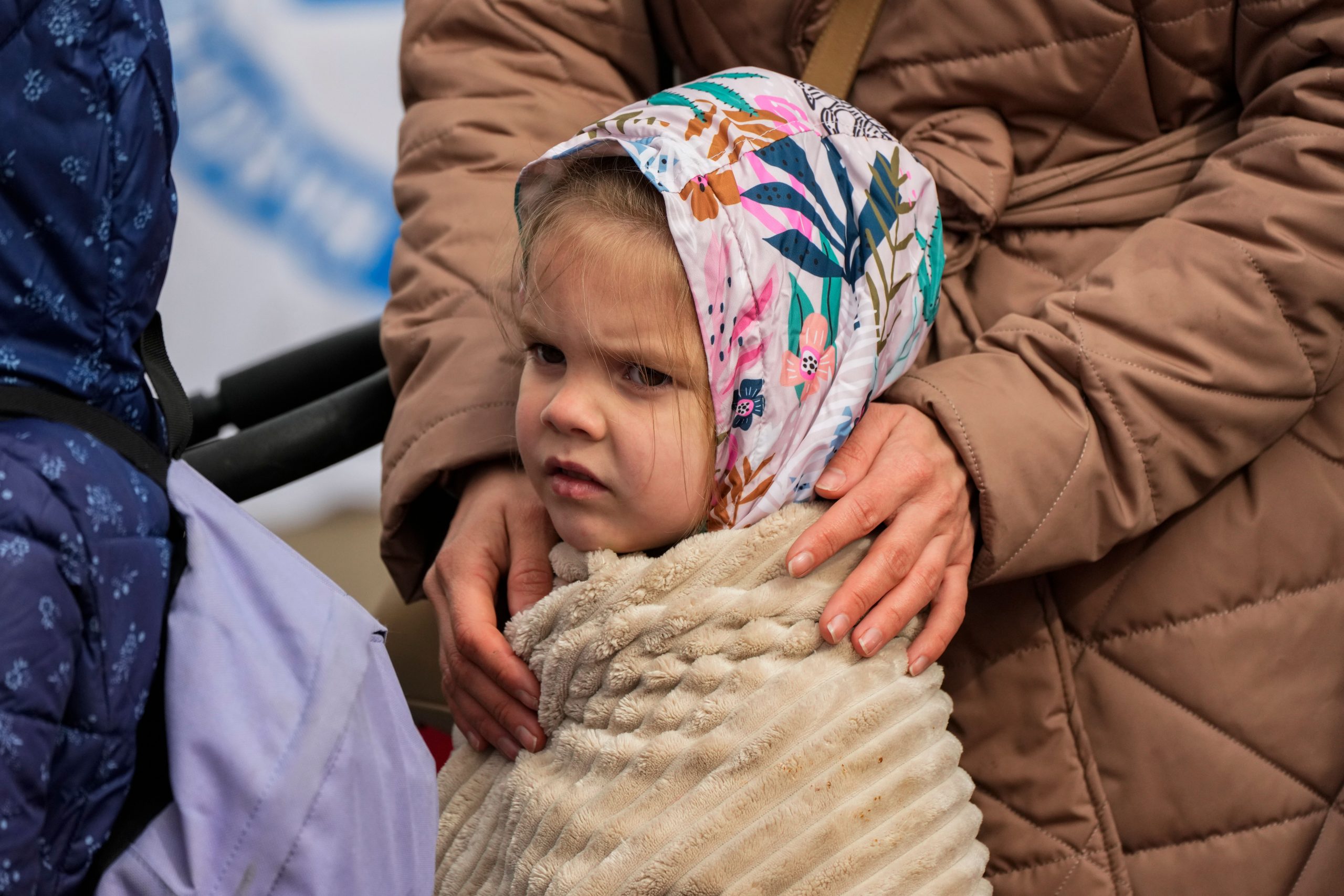Nearly two-thirds of Ukrainian children are now displaced as a result of the ongoing conflict, according to UNICEF.
On Monday, UNICEF’s emergency programmes director, Manuel Fontaine, warned the United Nations Security Council that the fighting was a “nightmare” for children.
Also read: Explained: The worsening crisis for Ukrainian children
“They have been forced to leave everything behind: Their homes, their schools, and often, their family members,” he said.
As of Sunday, the UN had confirmed the deaths of 142 children and the injuries of 229 others, but “the true figures are most certainly much higher given the scale of attacks,” according to Fontaine.
Meanwhile, Liudmyla Denisova, the Ukrainian Parliament’s commissioner for human rights, stated on Tuesday that 186 children had died and 344 had been injured.
Also read: Czechs provide free shooting training for local Ukrainians
“It is not possible to establish the actual number of dead and wounded children due to the fact that the occupying forces are actively fighting in Ukrainian cities,” She went on to say that the figures were from the Unified Register of Pre-trial Investigations and “other sources that need confirmation.”
In his Security Council comments, UNICEF’s Fontaine also drew attention to the 3.2 million children estimated to still be in their homes.
“Nearly half may be at risk of not having enough food,” he said. “Attacks on water system infrastructure and power outages have left an estimated 1.4 million people without access to water in Ukraine. Another 4.6 million people have only limited access.”
Also read: India ready to supply food stock to world if WTO gives nod: PM Modi
“The situation is even worse in cities like Mariupol and Kherson, where children and their families have now gone weeks without running water and sanitation services, a regular supply of food, and medical care. They are sheltering in their homes and underground, waiting for the bombs and violence to stop,” he added.
He also stated that unaccompanied minors in Ukraine suffer a “much higher risk of violence, abuse, exploitation, and trafficking,” and cited the effects of school closures on 1.5 million higher education students and 5.7 million school-age children.







